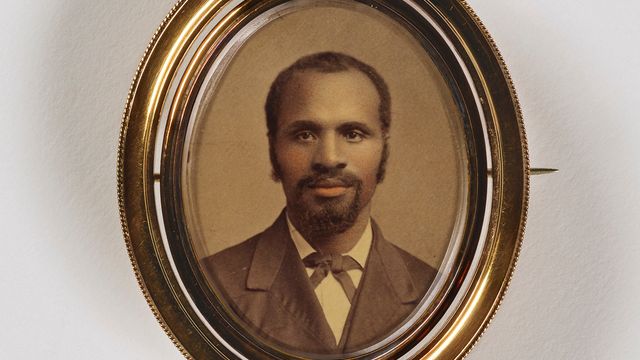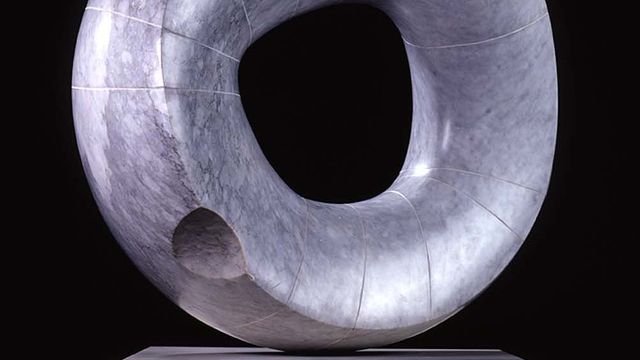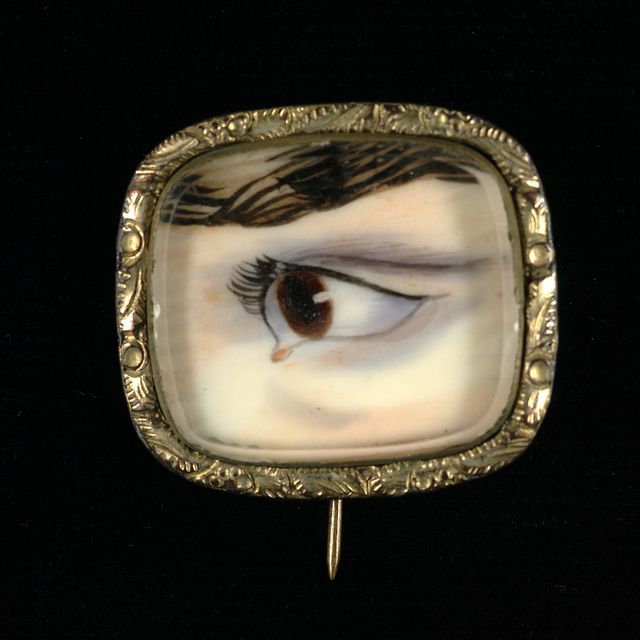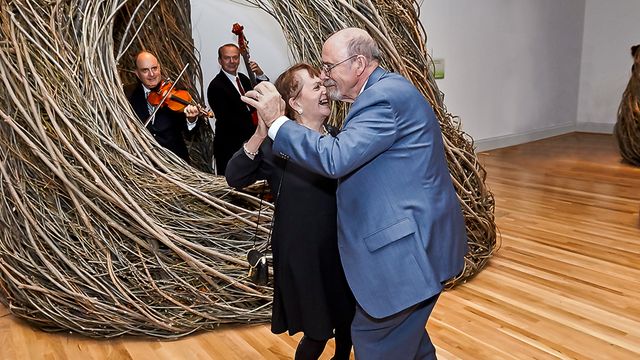Artwork Details
- Title
- Untitled
- Artist
- Date
- 1974
- Location
- Not on view
- Dimensions
- 19 5⁄8 diam. x 6 1⁄2 in. (49.7 diam. x 16.6 cm.)
- Credit Line
- Museum purchase
- Mediums
- Mediums Description
- polyester resin/cast
- Classifications
- Highlights
- Subjects
- Abstract
- Object Number
- 1983.82
Artwork Description
African American Art: Harlem Renaissance, Civil Rights Era, and Beyond, 2012
Frederick Eversley's pieces evoke mirrors or large optical lenses. He uses a process that involves spinning liquid plastic around a vertical axis until the centrifugal forces create a concave surface. Many of Eversley's sculptures incorporate parabolic curves. These curves are found in a range of natural and man-made forms including suspension bridges, wind-blown sand dunes, and microwave reflectors, and Eversley is fascinated by their ability to concentrate and reflect energy into a single point.














